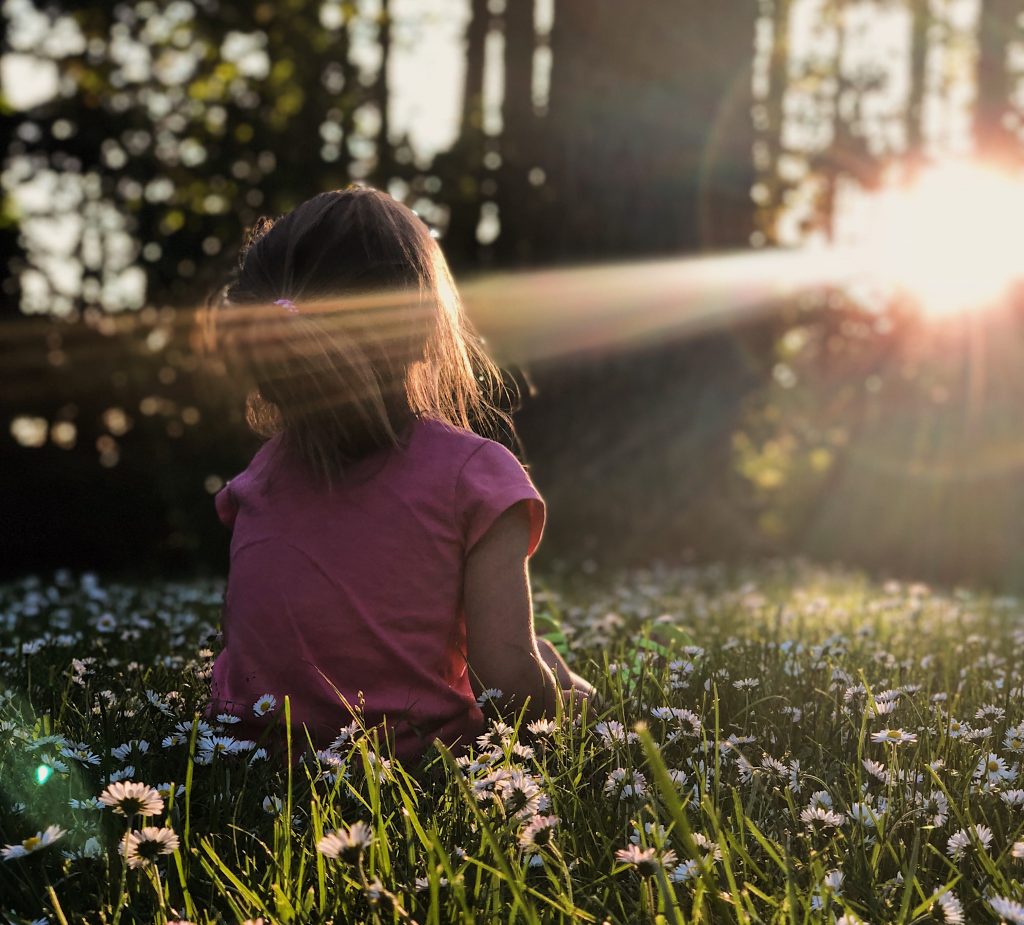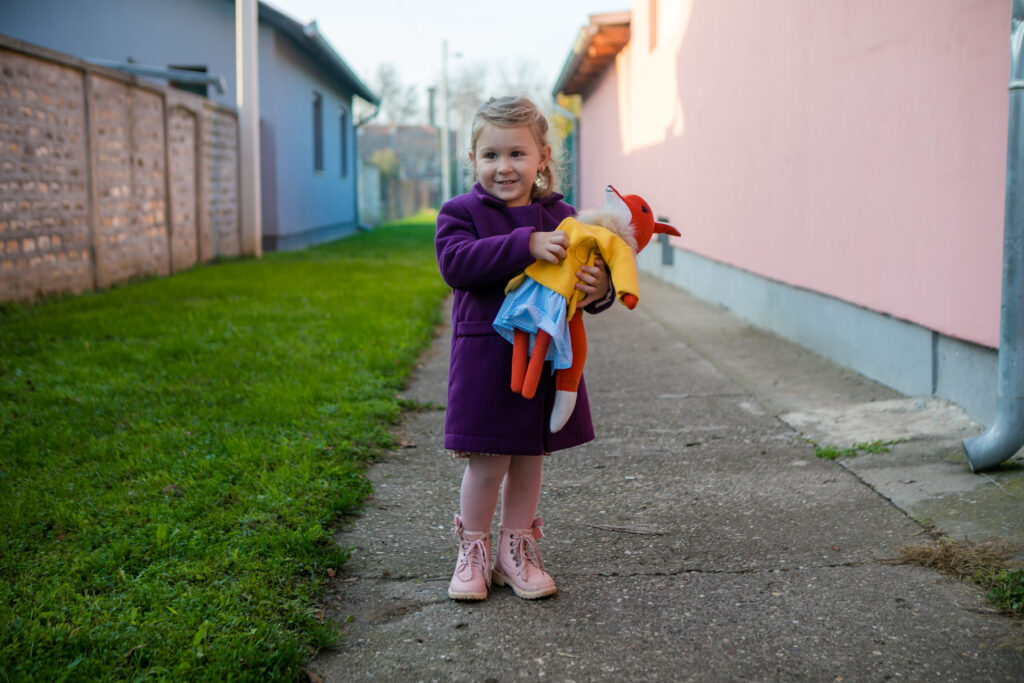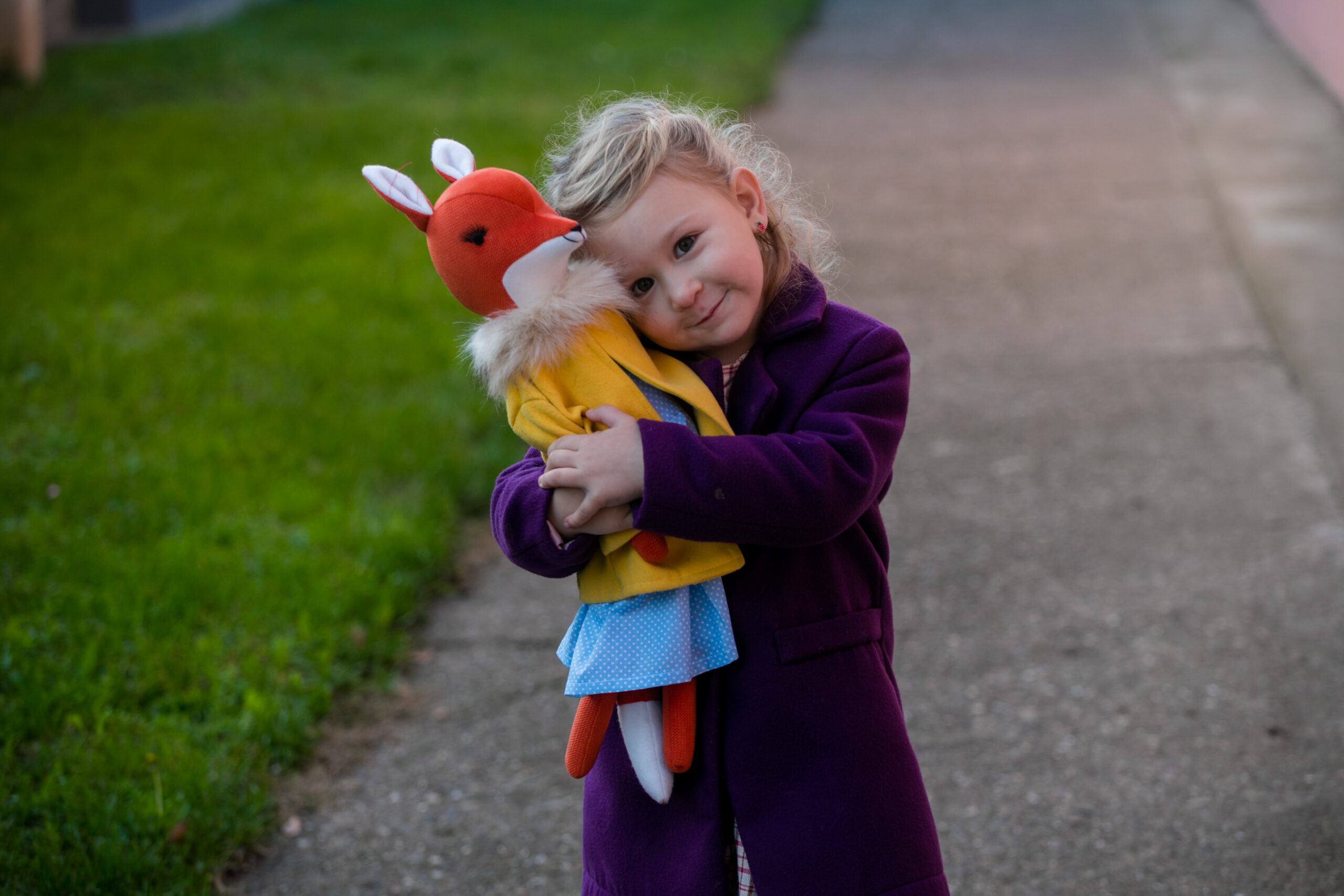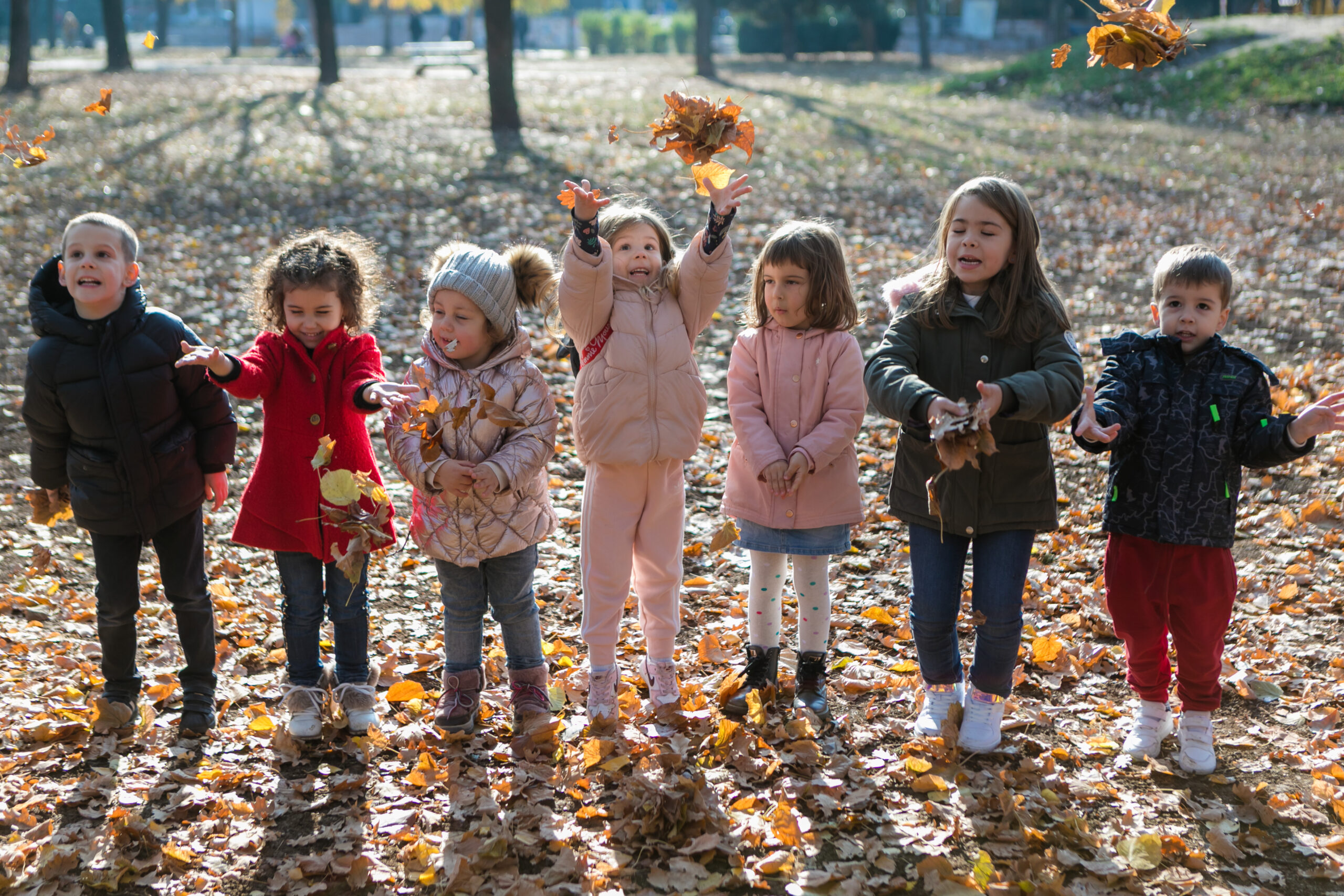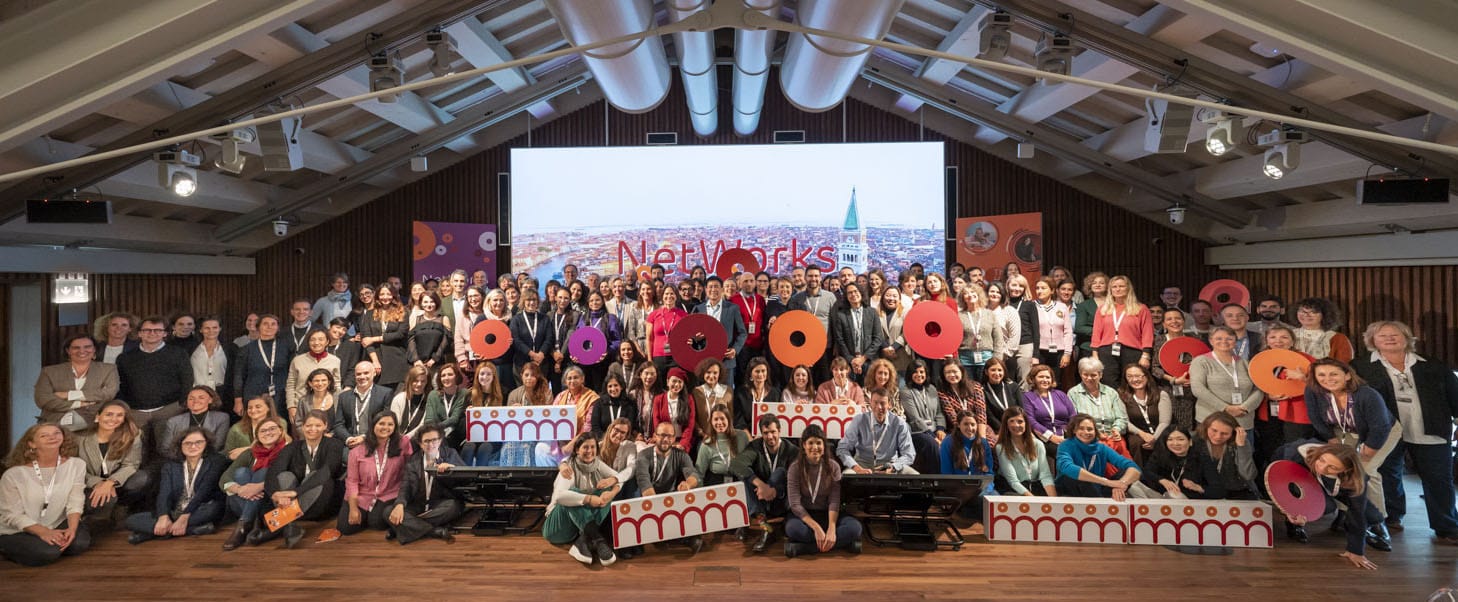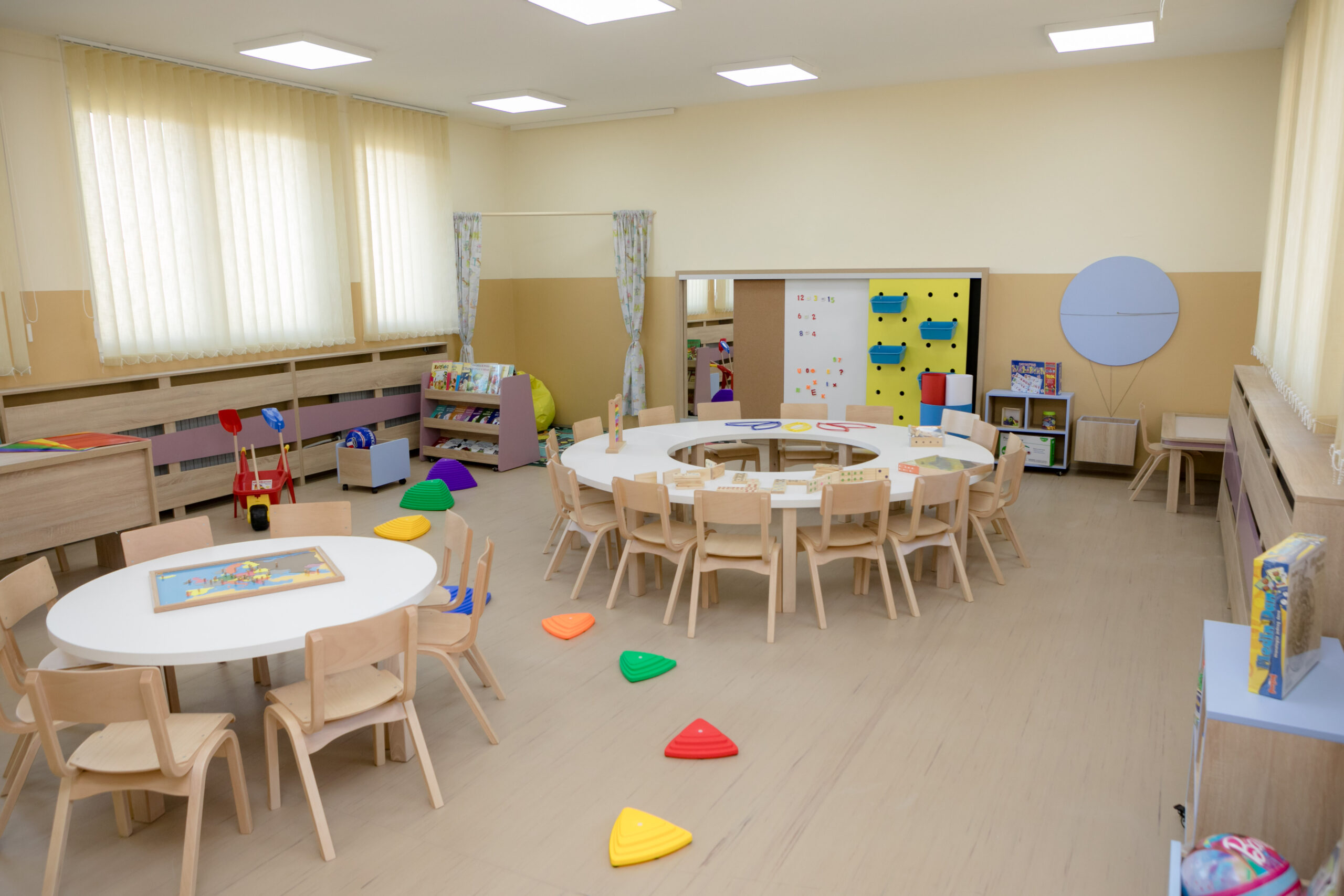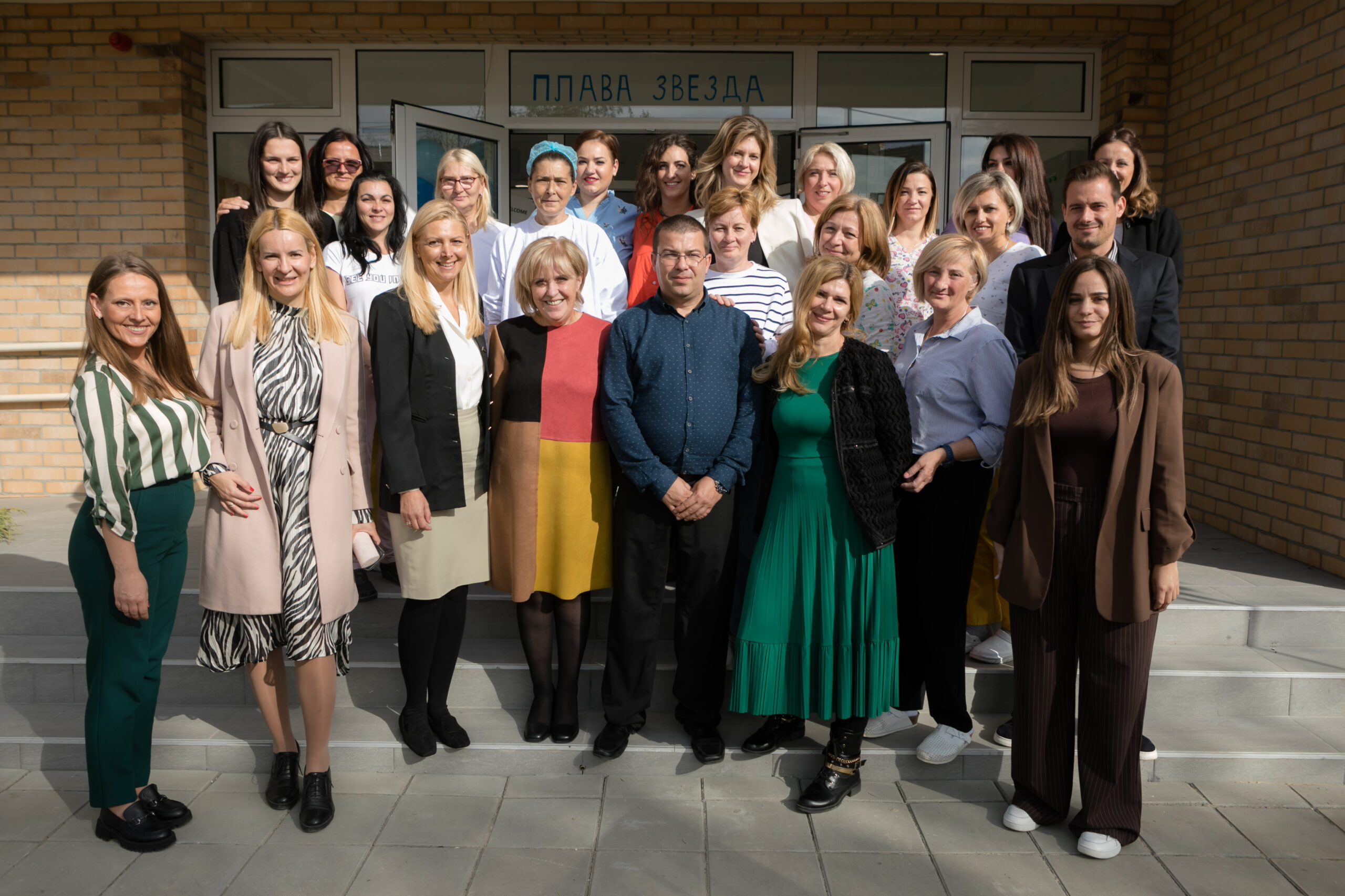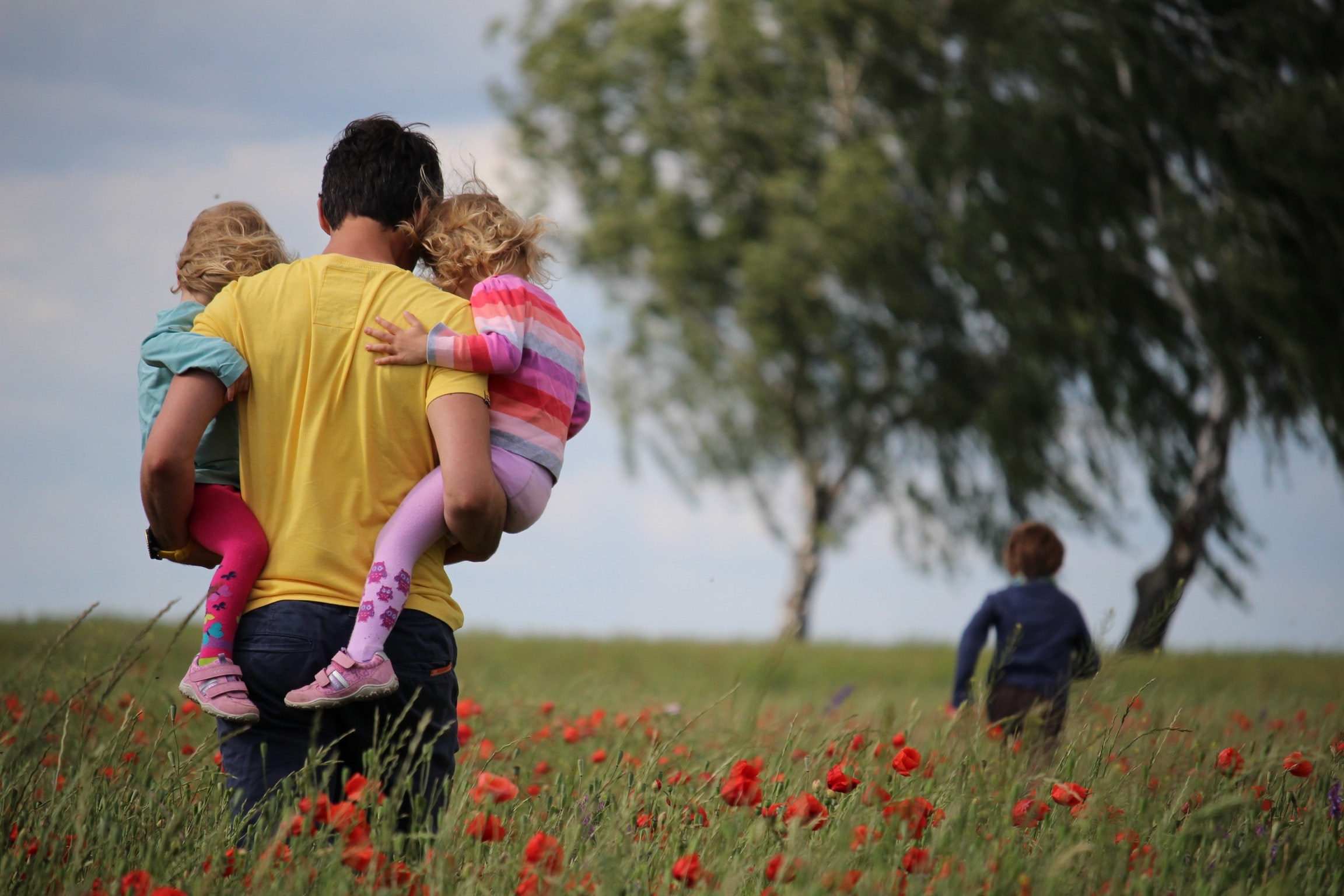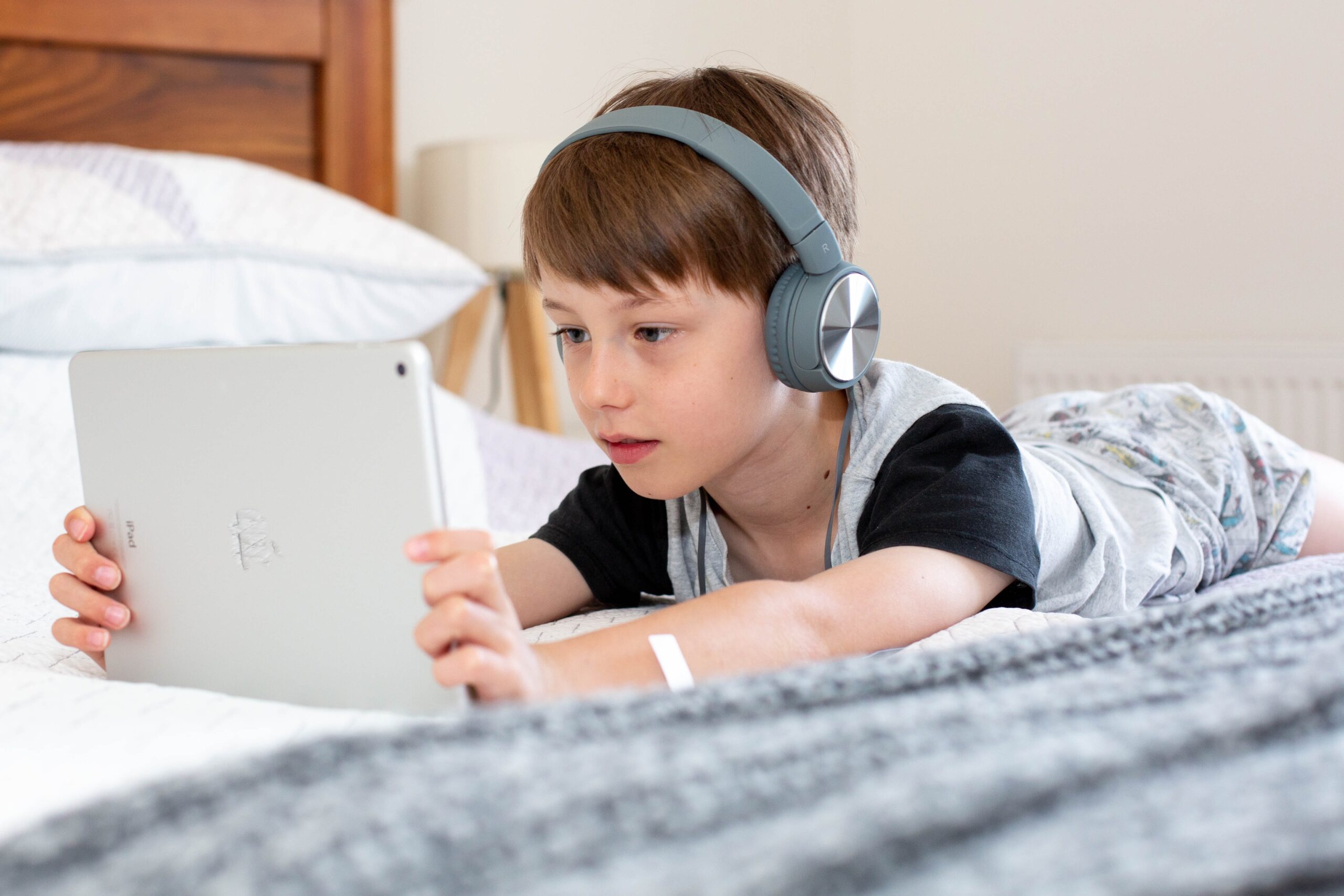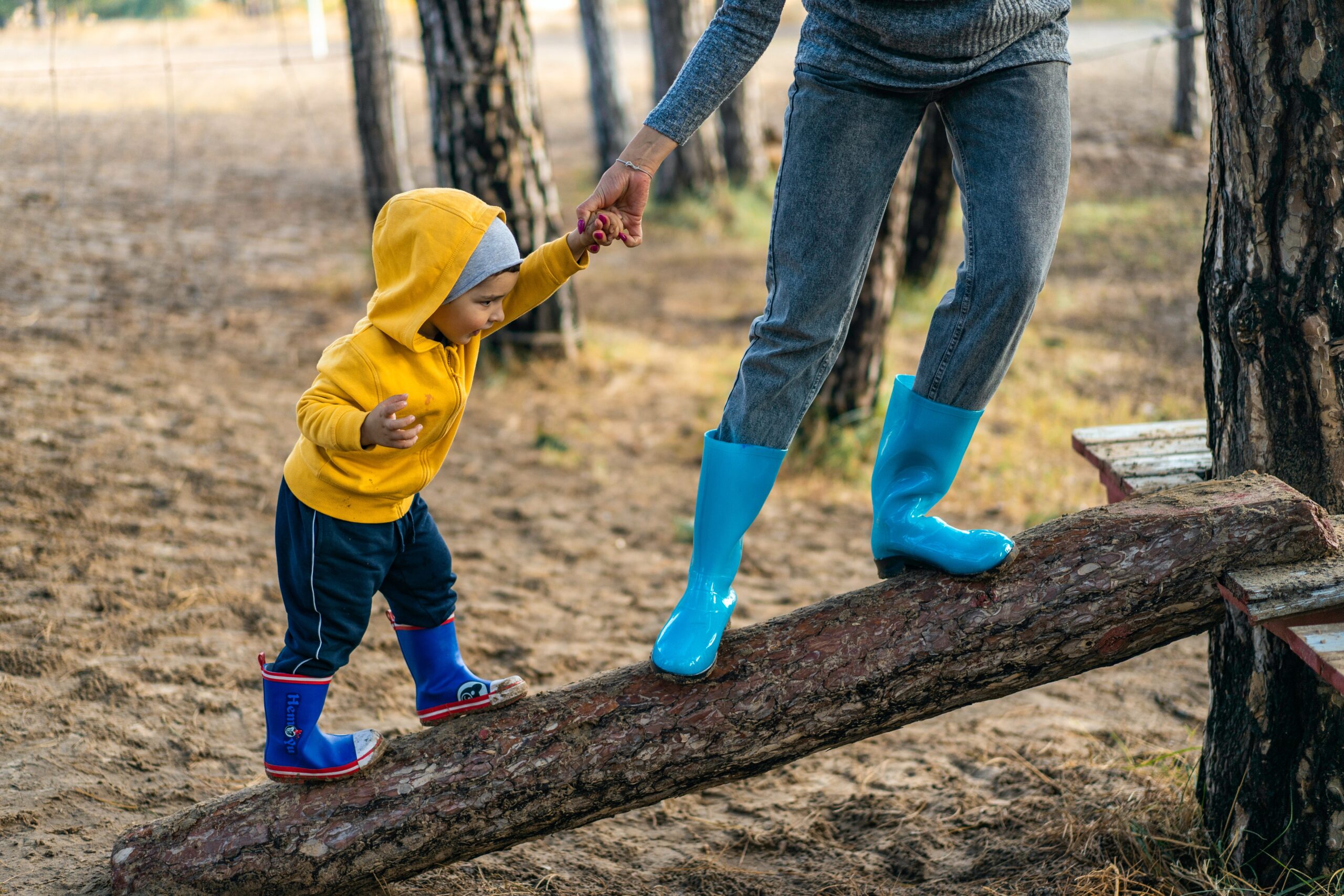Recently, a friend whose son is just starting primary school asked me an interesting question, knowing that my daughter is already in university and that a big part of my parenting is behind me: “If you could do one thing differently in raising your daughter, what would it be?”
[dropcap]T[/dropcap]hat really made me think! Of course, there are quite a few things I would do differently with the experience and knowledge of a 40 something-year-old parent, versus 20 something. But ONE thing that would have really made the difference?! Then it struck me…the thing that changed me and my life, the thing gaining so much popularity and that is positively affecting many people around the world… “I would have taught my daughter to meditate since she was very little.”
It is no wonder the meditation is getting so popular these days. With the increased complexity of modern life, information bombardment, stressful working, and living conditions, we need a different approach to managing our mind, emotions and daily stress. If you think children are immune, think again – as my 5-year-old niece told me: “Auntie, it’s crowded in my head!”
What is meditation and why you should teach it to your kids (and yourself)?
[dropcap]M[/dropcap]editation is a method of calming your mind, observing your thoughts and training your focus to stay more in the present moment rather than ruminating, worrying, or going over endless lists and “what if” scenarios that trigger our stress response and affect our health. Over the last few decades numerous research into meditation and mindfulness emerged all around the world and thanks to the improved MRIs and fMRIs, studies done with people suffering from PTSD, anxiety, and depression, we now understand the scientific side of the meditation and how meditation positively affects our brain processes like attention regulation, emotional coping, impulsivity, memory, etc.
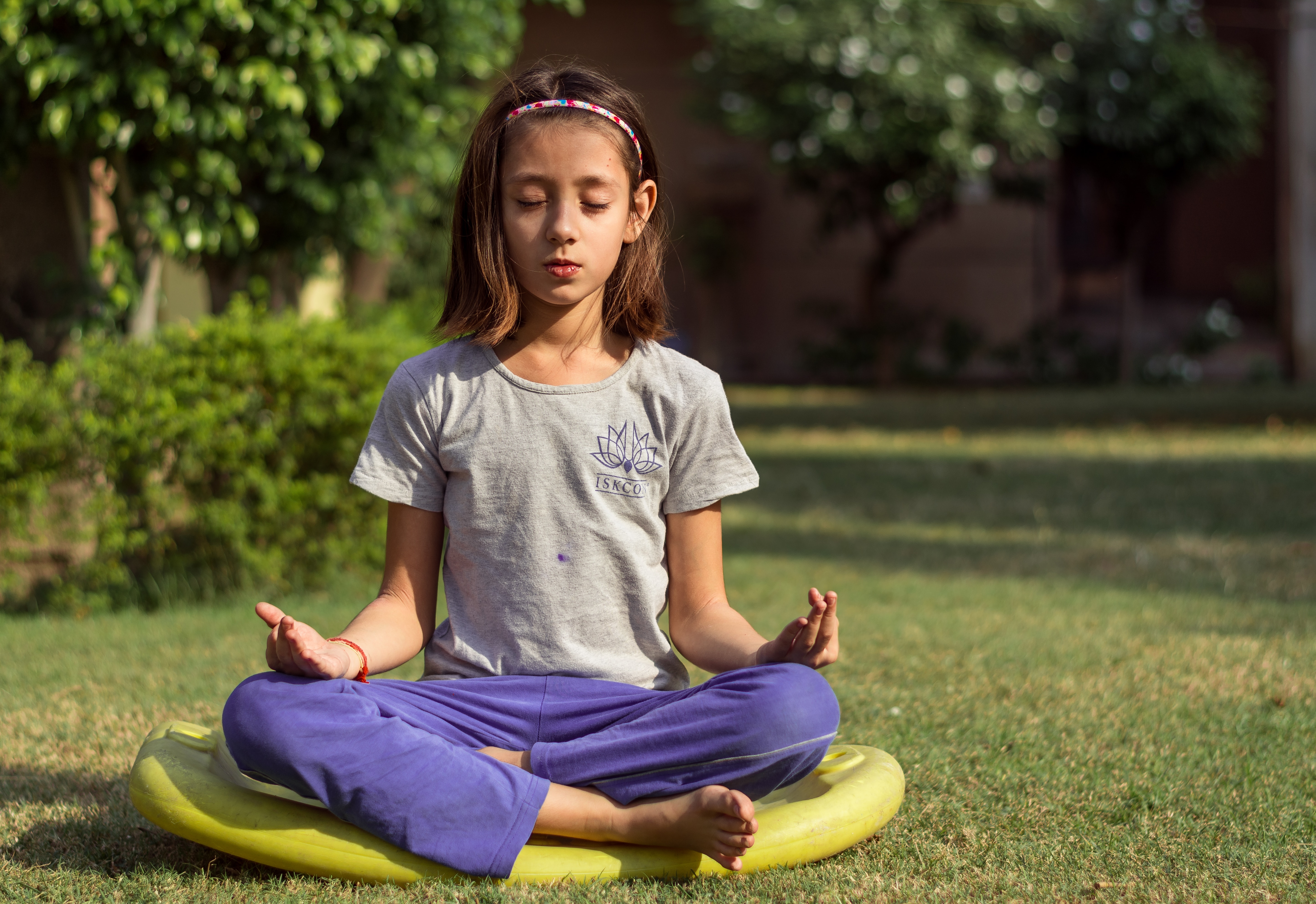
Meditation is very beneficial for a child’s mental health.
Here are a few reasons why you should teach your children to meditate:
1. Training children’s focus through meditation, besides being beneficial for their learning and concentrating in school, is also teaching them to appreciate the world around them by noticing the nature, sounds, smells, etc. It helps them calm their inner anxieties and worries as their thoughts won’t be running wild, but will rather be anchored in the present moment.
2. Meditation gives children the benefits of increased self-control and self-management. Once they know these techniques they will be able to calm themselves, pause before reacting in tricky situations and relax when they are tense. This sense of inner stability and control improves children’s confidence and increases their overall well-being.
3. One of the “side-effects” of meditation is increased empathy, as research into the brains of meditating monks is suggesting. This means that children will understand and feel for others, become more caring and thoughtful, less reactive and aggressive. More empathy also means better social skills which are one of the most important factors nowadays for school and work success.

Mindfulness is very needed in this modern world.
How to teach meditation to your children?
I’m going to share a few simple techniques I have successfully tried with children when I was working in the kindergarten and those I intuitively taught to my daughter even before I understood what meditation was.
- Breathing is easy to teach and it is extremely effective. Children from 2 years and above respond very quickly to it and immediately apply it in daily life (as parents reported to me). The idea is to teach children to recognize when they are upset, angry or frustrated and then basically ask them to breathe and count breaths. We may also ask them to observe the path of the breath – how the air goes through the nostrils, then into the chest, how it fills the belly and then returns to the nostrils warmer than when they inhaled.
In the beginning, parents can remind children to do it, while later it becomes automatic: “Teacher wait, I need to breathe more, I am not calm yet!” a 5-year-old told me a few weeks after teaching my students to regulate their emotions with the breath.
- Visualizations come naturally to children and their usually vivid imagination. Unfortunately, that imagination can easily go wrong and children often start imagining worst-case scenarios in their little heads. My daughter was afraid that dust will make her sick and I was convinced that World War Three will start the next day when I was only 6 or 7 years old. Our bodies respond to real or imaginary threats in the same way – by mobilizing all the system, raising adrenaline, pumping blood, basically preparing to either fight or flight. With the real threat that makes perfect sense, but when the system is mobilized for the imaginary reasons and often, then we are facing adverse effects of prolonged stress, which is the cause of many illnesses. Teaching children to direct their imagination in a different way is quite simple: put a few minutes aside every day and especially before sleep and guide them to imagine beautiful parks, swings, lakes, butterflies, whatever the children enjoy normally. Involve all the senses, the smell of the flowers, wind blowing, clouds floating, etc.
That will instantly calm them down and help rewire their brains to notice beautiful and nice things rather than obsess over negative ones.

By teaching meditation to your kid, you will help him get read of all the crowd in his little head.
- Using senses in real time, similarly to visualizations is another great meditation technique. When my daughter was little I often asked her to listen to the silence, which she found funny at first, but soon she could tune in and hear so many different sounds that hide in the so-called silence. Besides listening, we can ask children to use other senses:
- Taste when eating food, for example.
- Smell fresh cookies, air after the rain, flowers, etc.
- Look at birds flying, rolling waves leaves moving, etc.
- Touch when the wind moves their hair when mum hugs them when feet touch the ground, etc.
This technique is also called grounding – it means using senses to notice where you are and what is happening at any given moment, rather than being stuck in the crowded head.
- Watching (listening to) thoughts is a technique for a bit older children after they have mastered the previous ones. The same way they observe flowers or clouds, we can guide children to use the same openness to observe thoughts as if they were on a TV screen, leaves floating down the river or pictures on the balloons. Some children ‘hear’ rather than ‘see’ their thoughts, so they may imagine them being on the podcast or whispered by the wind. The rule is not to chase or follow thoughts, not to hide or suppress them, but just to let them come and go. There is also a great phone application “Insight timer” with a lot of meditations and courses for children and adults.
Unguarded thoughts affect our emotions and behavior without us even realizing it. Learning not to identify with thoughts is in the core of inner peace we all strive to reach.
It is important to keep in mind that the requirement for meditation is the attitude of curiosity, gentleness, and non-judgment. There is no wrong or right way to try to meditate. Every second of effort is registered and counts toward the real change in the brain.
About the author: Jelena Fu is an educator with extensive experience working in China in various fields of education. In addition to working in the classroom, she has designed curricula for different subjects and ages, held training for teachers and workshops for parents. She has been practicing and studying meditation for many years and wants to pass on her experience and the benefits of meditation to others. Her meditations on the Insight Timer app are very popular. She attended the TEDx Conference in Shanghai 2015, and regularly writes articles on education and parenting.

